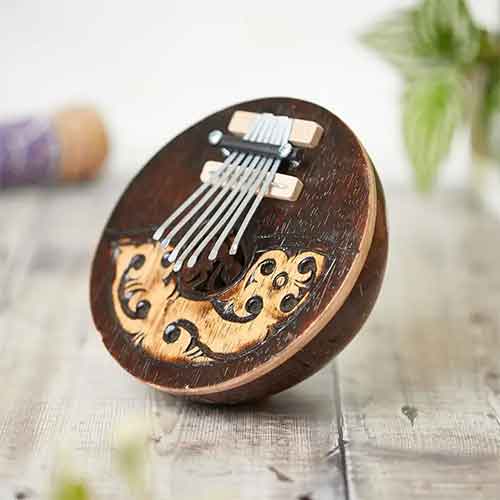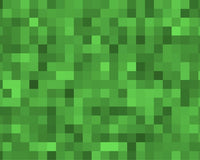When I was a little girl, head lice was a common problem. Unfortunately for me, I had super curly, frizzy long thick hair. It was my mums’ nightmare! As soon as I came home scratching my head, that was it, she got the tea tree oil and fairly hot water in the sink, and there were no excuses. She disliked nits with a passion! As we didn’t have a shower, she used to fill up our kitchen sink. I would be there for hours on end screaming the house down, it was like I wanted the head lice to stay!
She used a metal tooth-comb (with one bent piece) it hurt like hell, and she was not stopping until they were all dead! Although it hurt, she did care. She cared enough for me to not spread them, and she wouldn’t get the blame for other kids having them.
I had my hair cut short quite a few times, as I would continue to catch them. A common misconception is that people with dirty hair are more likely to get nits than those with cleaner hair, and I want to tell you that this is a myth. There is no scientific evidence to suggest that a specific hair type is any likelier to increase the risk, this is because nits will happily nest in any hair that fulfils their needs. Possibly, mayonnaise works, but I haven’t tried it. My daughter is four-years-old and so far, luckily we’ve not had to do the ‘removing nits yet, but I’m always checking for eggs and scratching.
How to prevent and treat nits?
1. Hair up high and tight
Putting up your daughter’s hair high, and tight will supposedly lower the chances of spreading nits. This is because head lice need hair to grip onto if, for example, you had your hair up high in a bun there wouldn’t be much that the head lice could do in terms of settling.
Whereas, if you or your child wear your hair down in a more freely position, this will increase the likelihood that the nits will get in. The more hair moving openly essentially proposes that there is more for the nits to latch onto and gives more opportunity for them to lay eggs.
2. Avoid cuddling others
If you notice someone is itching a little too much for normality, they may have head lice. You should avoid getting too close to them, as nits can spread so quickly. They start by leaving eggs in your hair and for the next week or two, lots of them can hatch!
3. Do regular checks
Girls more commonly get head lice due to having long hair as a rule. Boys this doesn’t mean you shouldn’t check too! Some boys have short hair and still, get head lice. It is also worth noting that children at young ages don’t worry very much about personal space, and will openly rub their little heads on anyone! Even if they do itch and scratch. Parents check yourself, and your children regularly, and if possible do it every bath time.
4. Apply Conditioner
Applying conditioner and leaving it in for an hour or so can cause the head lice to be unable to move, and in general, it suffocates them. After the hour is up, you can then begin combing through your child’s hair, to remove the nits, this will also help you to spot them easier. Another benefit to using conditioner is that it could help to untangle the hair which in turn could reduce pain.
5. A good nit comb
Buying a good quality nit comb from your local pharmacy could be beneficial, instead of a cheap plastic comb that is ineffective at pulling out head lice or eggs. The best type of comb to buy would be a metal teeth comb. These can be expensive but, are so worth it.
Not only because they are more likely to get the job done quicker, but will also remove the eggs more efficiently. When de-nitting, as my mum called it, adding a few drops of a tea tree oil to the water, could be beneficial. When washing your child’s hair it should help kill some of the eggs, and maybe even some head lice before you get to the combing step.
Up next: How to cut boys hair for begginers









